Home>Furniture & Design>Interior Design Trends>How To Get Price Tags Off Glass
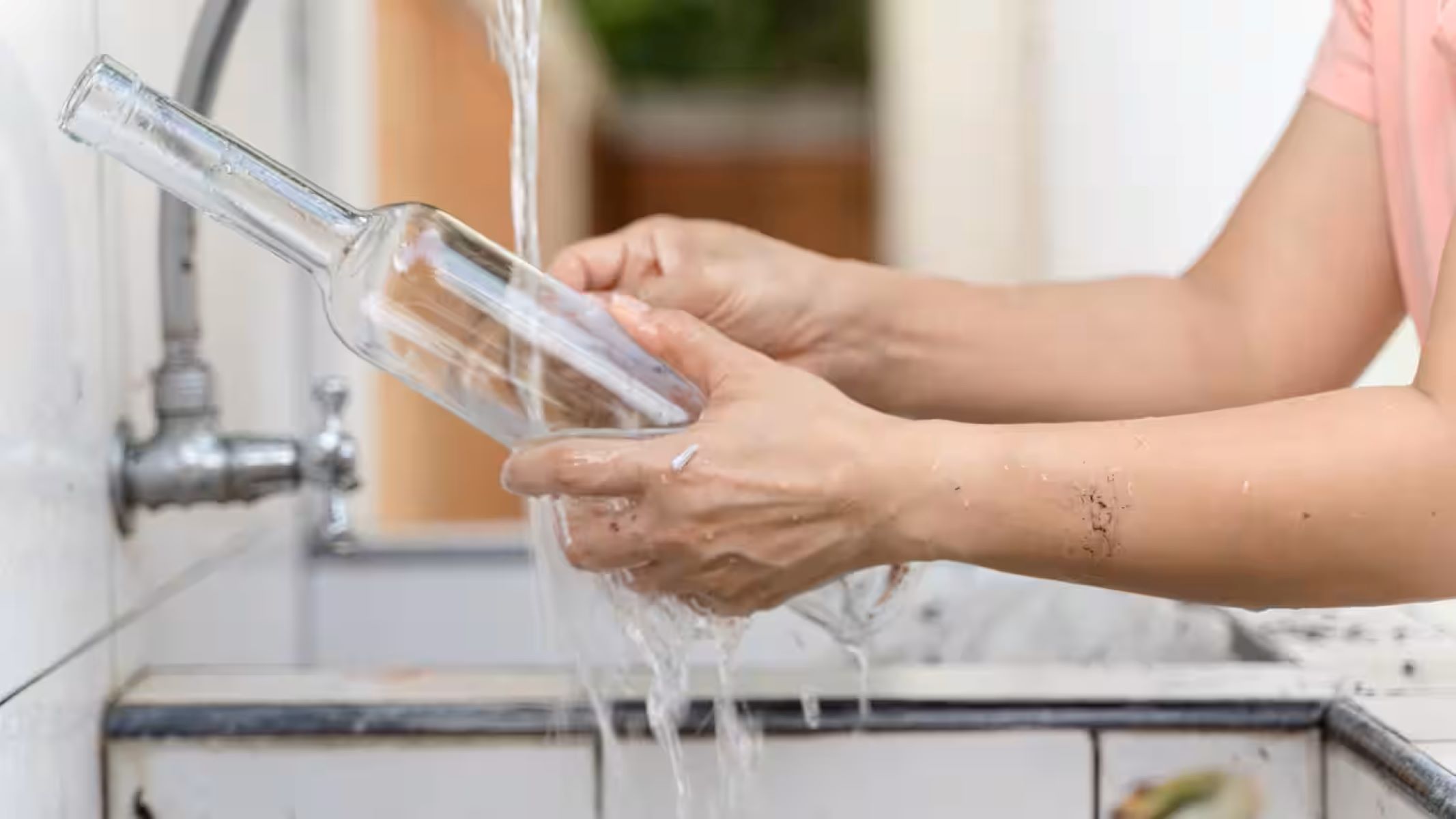

Interior Design Trends
How To Get Price Tags Off Glass
Published: February 7, 2024
Learn the latest interior design trends for removing price tags off glass effortlessly. Discover expert tips and tricks for a seamless process.
(Many of the links in this article redirect to a specific reviewed product. Your purchase of these products through affiliate links helps to generate commission for Storables.com, at no extra cost. Learn more)
Introduction
Removing price tags from glass surfaces can be a frustrating and time-consuming task. Whether you've purchased a new glass item or are trying to repurpose a glass container, dealing with stubborn adhesive residue left behind by price tags can be a real challenge. However, with the right techniques and a little patience, you can effectively remove those pesky price tags without damaging the glass.
In this comprehensive guide, we will explore various methods to tackle this common issue. From using household items like rubbing alcohol and vinegar to employing specialized tools such as razor blades and hair dryers, we'll cover a range of effective strategies to help you successfully remove price tags from glass surfaces. Each method offers its own unique approach, providing you with options to choose from based on the materials you have on hand and your personal preferences.
By the end of this guide, you'll be equipped with the knowledge and confidence to tackle the task of removing price tags from glass surfaces with ease. Whether you're a DIY enthusiast, a thrifty shopper, or simply someone looking to restore the pristine appearance of glass items, these methods will empower you to conquer the challenge of stubborn price tags and adhesive residue. Let's dive into the various techniques and discover how to get price tags off glass without the hassle and frustration.
Key Takeaways:
- Say goodbye to stubborn price tags on glass with household items like rubbing alcohol, vinegar, and cooking oil. Restore glass items to their pristine state without the hassle.
- Harness the power of precision with a razor blade or gentle heat from a hair dryer to remove price tags from glass surfaces. Choose the method that best suits your preferences and resources.
Read more: How To Price Wine By The Glass
Method 1: Using Rubbing Alcohol
Rubbing alcohol, also known as isopropyl alcohol, is a versatile household product that can effectively dissolve adhesive residues left behind by price tags on glass surfaces. This method is particularly useful for removing stubborn price tags from glassware, windows, and other glass items. Here's a step-by-step guide on how to use rubbing alcohol to tackle this common issue:
-
Gather the Necessary Supplies: Before you begin, ensure you have the following items on hand: rubbing alcohol (isopropyl alcohol), a clean microfiber cloth or cotton balls, and a plastic scraper or old credit card.
-
Prepare the Glass Surface: Start by ensuring the glass surface is clean and free of any loose debris or dirt. If necessary, wash the glass with mild soap and water, then dry it thoroughly before proceeding.
-
Apply Rubbing Alcohol: Moisten a clean microfiber cloth or cotton ball with rubbing alcohol. Gently dab the adhesive residue left by the price tag, ensuring it is thoroughly saturated with the alcohol. Allow the rubbing alcohol to penetrate the adhesive for a few minutes to loosen its grip on the glass surface.
-
Gently Remove the Adhesive: Once the adhesive has been loosened by the rubbing alcohol, use a plastic scraper or an old credit card to gently scrape away the softened residue. Be cautious not to apply excessive pressure, as this could scratch the glass surface. If needed, reapply rubbing alcohol and continue to gently scrape until the adhesive is completely removed.
-
Clean the Glass: After successfully removing the adhesive residue, wipe the glass surface with a clean, dry cloth to ensure all traces of rubbing alcohol and adhesive are eliminated. This will leave the glass looking clean and pristine once again.
Using rubbing alcohol to remove price tags from glass is a cost-effective and efficient method that can yield impressive results. Its ability to dissolve adhesive residues makes it a valuable tool in your arsenal for tackling stubborn price tags on glass surfaces. By following these steps and exercising patience, you can restore the beauty of glass items without causing damage or leaving unsightly residue behind.
Method 2: Using Vinegar
Vinegar, a staple in many households, is renowned for its versatility in cleaning and removing stubborn residues. When it comes to removing price tags from glass surfaces, vinegar can be a highly effective and natural solution. Here's a detailed guide on how to utilize vinegar to tackle this common issue:
-
Gather the Necessary Supplies: Before you begin, ensure you have white vinegar, a clean microfiber cloth or paper towels, a plastic scraper or old credit card, and a small bowl for soaking the cloth.
-
Prepare the Glass Surface: Start by ensuring the glass surface is clean and free of any loose debris or dirt. If necessary, wash the glass with mild soap and water, then dry it thoroughly before proceeding.
-
Soak the Cloth in Vinegar: Pour a small amount of white vinegar into a bowl. Submerge a clean microfiber cloth or a few layers of paper towels in the vinegar, ensuring it is thoroughly saturated.
-
Apply the Vinegar-Soaked Cloth to the Price Tag: Place the vinegar-soaked cloth or paper towels over the price tag, ensuring it covers the entire area. Allow it to sit on the price tag for 10-15 minutes, allowing the vinegar to penetrate and soften the adhesive.
-
Gently Remove the Price Tag: After allowing the vinegar to work its magic, use a plastic scraper or an old credit card to gently lift the softened price tag from the glass surface. If the tag is particularly stubborn, reapply the vinegar-soaked cloth and continue to let it sit until the adhesive is sufficiently softened.
-
Clean the Glass: Once the price tag and adhesive residue have been successfully removed, wipe the glass surface with a clean, damp cloth to eliminate any remaining vinegar and adhesive traces. Follow up with a dry cloth to ensure the glass is left clean and streak-free.
Using vinegar to remove price tags from glass offers a natural and cost-effective solution that is gentle on the glass surface. The acetic acid in vinegar helps to break down the adhesive, making it easier to remove the price tag without causing damage. This method is particularly suitable for individuals seeking a non-toxic and environmentally friendly approach to cleaning and maintenance.
By following these steps and exercising patience, you can harness the power of vinegar to effectively remove price tags from glass surfaces, restoring their pristine appearance without the need for harsh chemicals or specialized tools.
Method 3: Using Cooking Oil
Using cooking oil to remove price tags from glass surfaces is a simple yet effective method that leverages the lubricating properties of oil to loosen adhesive residues. This approach is particularly useful for individuals who prefer a natural and readily available solution for tackling stubborn price tags. Here's a detailed guide on how to utilize cooking oil to effectively remove price tags from glass items:
-
Gather the Necessary Supplies: Before you begin, ensure you have a bottle of cooking oil, such as vegetable oil or olive oil, a clean microfiber cloth or paper towels, and a plastic scraper or old credit card.
-
Prepare the Glass Surface: Start by ensuring the glass surface is clean and free of any loose debris or dirt. If necessary, wash the glass with mild soap and water, then dry it thoroughly before proceeding.
-
Apply Cooking Oil to the Price Tag: Pour a small amount of cooking oil onto a clean microfiber cloth or a few layers of paper towels. Gently dab the price tag and the surrounding adhesive residue with the oil-soaked cloth, ensuring it is thoroughly saturated. Allow the oil to penetrate the adhesive for 10-15 minutes, giving it time to loosen the grip of the adhesive on the glass surface.
-
Gently Remove the Adhesive: Once the adhesive has been loosened by the cooking oil, use a plastic scraper or an old credit card to gently lift and scrape away the softened residue. Exercise caution to avoid applying excessive pressure, as this could potentially scratch the glass surface. If needed, reapply cooking oil and continue to gently scrape until the adhesive is completely removed.
-
Clean the Glass: After successfully removing the adhesive residue, wipe the glass surface with a clean, damp cloth to eliminate any remaining oil and adhesive traces. Follow up with a dry cloth to ensure the glass is left clean and streak-free.
Using cooking oil to remove price tags from glass provides a natural and cost-effective solution that is gentle on the glass surface. The lubricating properties of the oil help to weaken the adhesive bond, making it easier to remove the price tag without causing damage. This method is particularly suitable for individuals who prefer to avoid harsh chemicals and utilize everyday household items for cleaning and maintenance.
By following these steps and exercising patience, you can harness the power of cooking oil to effectively remove price tags from glass surfaces, restoring their pristine appearance without the need for specialized tools or abrasive substances.
Use a hairdryer to warm up the price tag on the glass. Once it’s warm, gently peel it off. Any remaining residue can be removed with rubbing alcohol or a mixture of water and vinegar.
Method 4: Using a Razor Blade
When dealing with stubborn price tags on glass surfaces, utilizing a razor blade can be an effective and precise method for removing adhesive residue. This technique requires careful handling and attention to detail to ensure that the glass remains unharmed during the process. Here's a comprehensive guide on how to use a razor blade to tackle the challenge of removing price tags from glass items:
-
Gather the Necessary Supplies: Before commencing the process, gather the essential supplies, including a sharp razor blade, a clean microfiber cloth, and a mild glass cleaner. Additionally, ensure that you have a steady hand and a well-lit workspace to facilitate the task.
-
Prepare the Glass Surface: Begin by ensuring that the glass surface is clean and free of any loose debris or dirt. If necessary, use a mild glass cleaner and a clean microfiber cloth to thoroughly clean the surface, ensuring that it is dry and free from any residual cleaning solution.
-
Carefully Scrape the Adhesive Residue: Holding the razor blade at a shallow angle to the glass surface, carefully and gently scrape the adhesive residue left by the price tag. Exercise caution and apply minimal pressure to avoid scratching the glass. It's crucial to maintain a steady hand and use controlled movements to gradually lift the adhesive without causing damage.
-
Inspect and Repeat as Needed: After the initial scraping, inspect the glass surface to assess the progress. If there are remaining adhesive remnants, continue to delicately scrape the area with the razor blade, ensuring that the blade is kept flat against the glass to minimize the risk of scratches.
-
Clean the Glass: Once the adhesive residue has been successfully removed, use a mild glass cleaner and a clean microfiber cloth to wipe the glass surface, eliminating any traces of adhesive and ensuring a pristine finish.
Using a razor blade to remove price tags from glass surfaces requires precision and a gentle touch. When executed carefully, this method can effectively tackle stubborn adhesive residue, leaving the glass surface clean and free from unsightly remnants. It's important to approach this technique with patience and attention to detail, ensuring that the glass is safeguarded throughout the process.
By following these steps and exercising caution, you can harness the precision of a razor blade to successfully remove price tags from glass items, restoring their original luster without the need for specialized chemical solutions.
Read more: How To Get Tape Off Of Glass
Method 5: Using a Hair Dryer
Utilizing a hair dryer to remove price tags from glass surfaces is a clever and efficient method that leverages heat to soften adhesive residues, making them easier to peel off without causing damage to the glass. This approach is particularly beneficial for individuals who prefer a non-contact method that minimizes the risk of scratching or scraping the glass surface. Here's a detailed guide on how to use a hair dryer to effectively remove price tags from glass items:
-
Gather the Necessary Supplies: Before beginning the process, ensure you have a hair dryer with adjustable heat settings, a clean microfiber cloth, and a mild glass cleaner. Additionally, select a well-lit and unobstructed workspace to facilitate the task.
-
Prepare the Glass Surface: Start by ensuring that the glass surface is clean and free of any loose debris or dirt. If necessary, use a mild glass cleaner and a clean microfiber cloth to thoroughly clean the surface, ensuring that it is dry and free from any residual cleaning solution.
-
Apply Heat to the Price Tag: Set the hair dryer to a low or medium heat setting, holding it a few inches away from the price tag. Direct the warm air onto the price tag and the surrounding adhesive residue, allowing the heat to soften the adhesive and loosen its grip on the glass surface. Move the hair dryer in a back-and-forth motion to evenly distribute the heat.
-
Peel Off the Price Tag: After applying heat for a few minutes, use your fingers or a pair of tweezers to gently peel off the softened price tag from the glass surface. Exercise caution to avoid applying excessive force, ensuring that the adhesive comes off without leaving residue or causing damage to the glass.
-
Clean the Glass: Once the price tag and adhesive residue have been successfully removed, use a mild glass cleaner and a clean microfiber cloth to wipe the glass surface, eliminating any traces of adhesive and ensuring a pristine finish.
Using a hair dryer to remove price tags from glass surfaces offers a contactless and gentle solution that effectively softens adhesive residues, making them easier to remove without the need for scraping or harsh chemicals. This method is particularly suitable for delicate glass items and individuals seeking a non-invasive approach to adhesive removal.
By following these steps and exercising caution, you can harness the power of heat from a hair dryer to successfully remove price tags from glass items, restoring their original appearance without the risk of damaging the glass surface.
Conclusion
In conclusion, the task of removing price tags from glass surfaces can be effectively tackled using a variety of methods, each offering its own unique approach to addressing stubborn adhesive residues. Whether you opt for the versatility of rubbing alcohol, the natural power of vinegar, the lubricating properties of cooking oil, the precision of a razor blade, or the gentle heat from a hair dryer, these methods provide valuable solutions for restoring the pristine appearance of glass items without causing damage.
It's important to consider the specific characteristics of the glass surface and the nature of the adhesive residue when selecting a removal method. For individuals seeking a cost-effective and efficient approach, utilizing household items such as rubbing alcohol, vinegar, or cooking oil can yield impressive results while minimizing the need for specialized tools or chemical solutions. These methods offer the added benefit of being readily available in most households, making them convenient options for addressing the common issue of price tag removal.
On the other hand, the precision of a razor blade and the gentle heat from a hair dryer provide targeted solutions for individuals who prioritize careful handling and non-contact methods. These techniques require patience and attention to detail but can effectively remove adhesive residues without the risk of scratching or damaging the glass surface. By approaching the task with caution and utilizing these methods skillfully, individuals can achieve successful outcomes while safeguarding the integrity of the glass.
Furthermore, the environmentally friendly nature of methods such as vinegar and cooking oil aligns with the preferences of individuals seeking non-toxic and sustainable solutions for household tasks. These natural alternatives offer a compelling option for those who prioritize eco-conscious practices and wish to minimize the use of harsh chemicals in their cleaning and maintenance routines.
In essence, the diverse range of methods presented in this guide empowers individuals to choose the approach that best aligns with their preferences, available resources, and the specific requirements of the glass items in question. Whether you're a DIY enthusiast, a thrifty shopper, or simply someone looking to restore the beauty of glass items, these methods provide valuable tools for conquering the challenge of stubborn price tags and adhesive residue.
By leveraging the insights and techniques outlined in this guide, individuals can confidently address the task of removing price tags from glass surfaces, restoring their original luster and ensuring that they remain free from unsightly remnants. With the right approach and a touch of patience, the frustration of dealing with stubborn price tags on glass can be transformed into a satisfying and successful endeavor, leaving glass items looking clean, pristine, and ready to shine once again.
Frequently Asked Questions about How To Get Price Tags Off Glass
Was this page helpful?
At Storables.com, we guarantee accurate and reliable information. Our content, validated by Expert Board Contributors, is crafted following stringent Editorial Policies. We're committed to providing you with well-researched, expert-backed insights for all your informational needs.
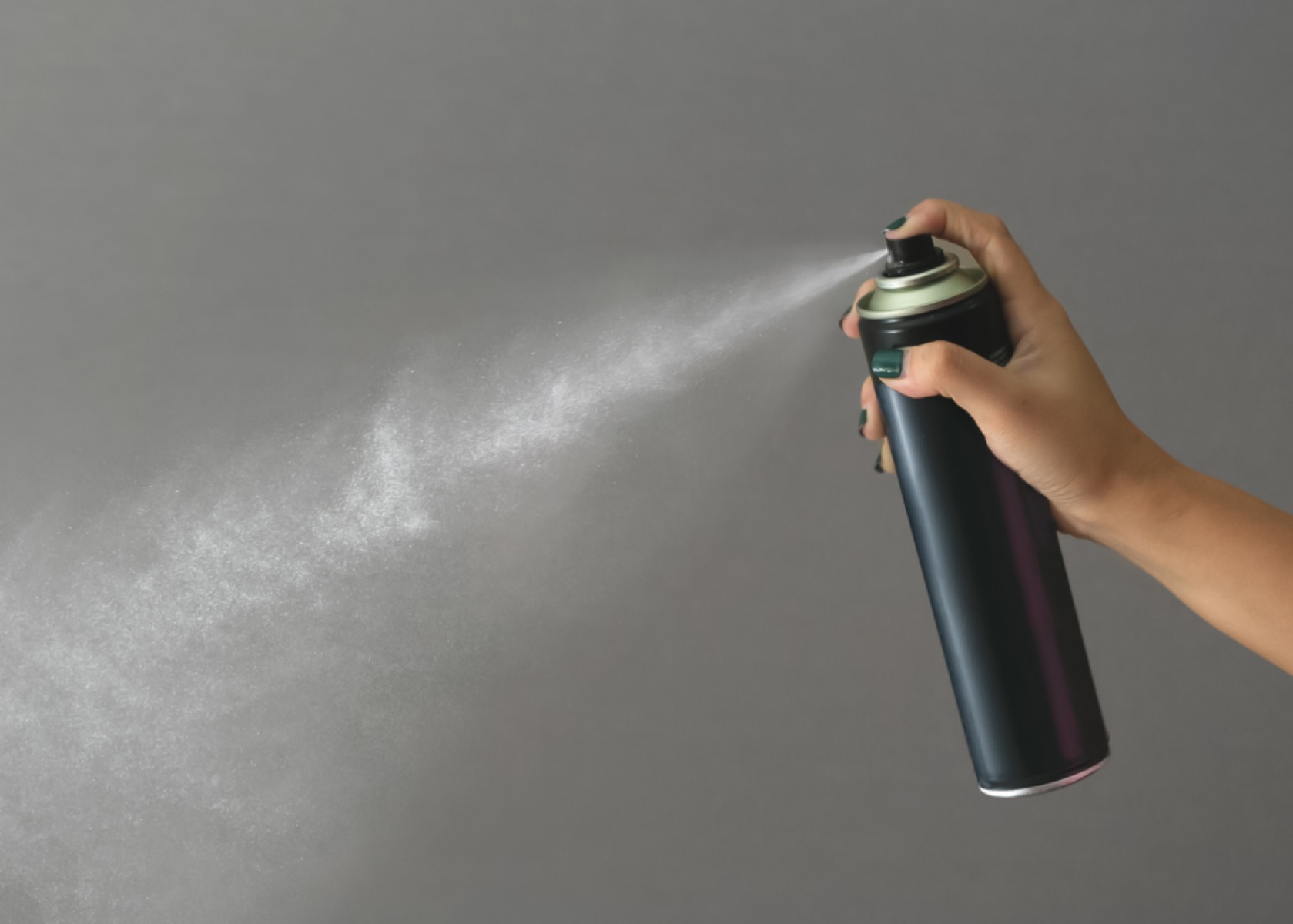
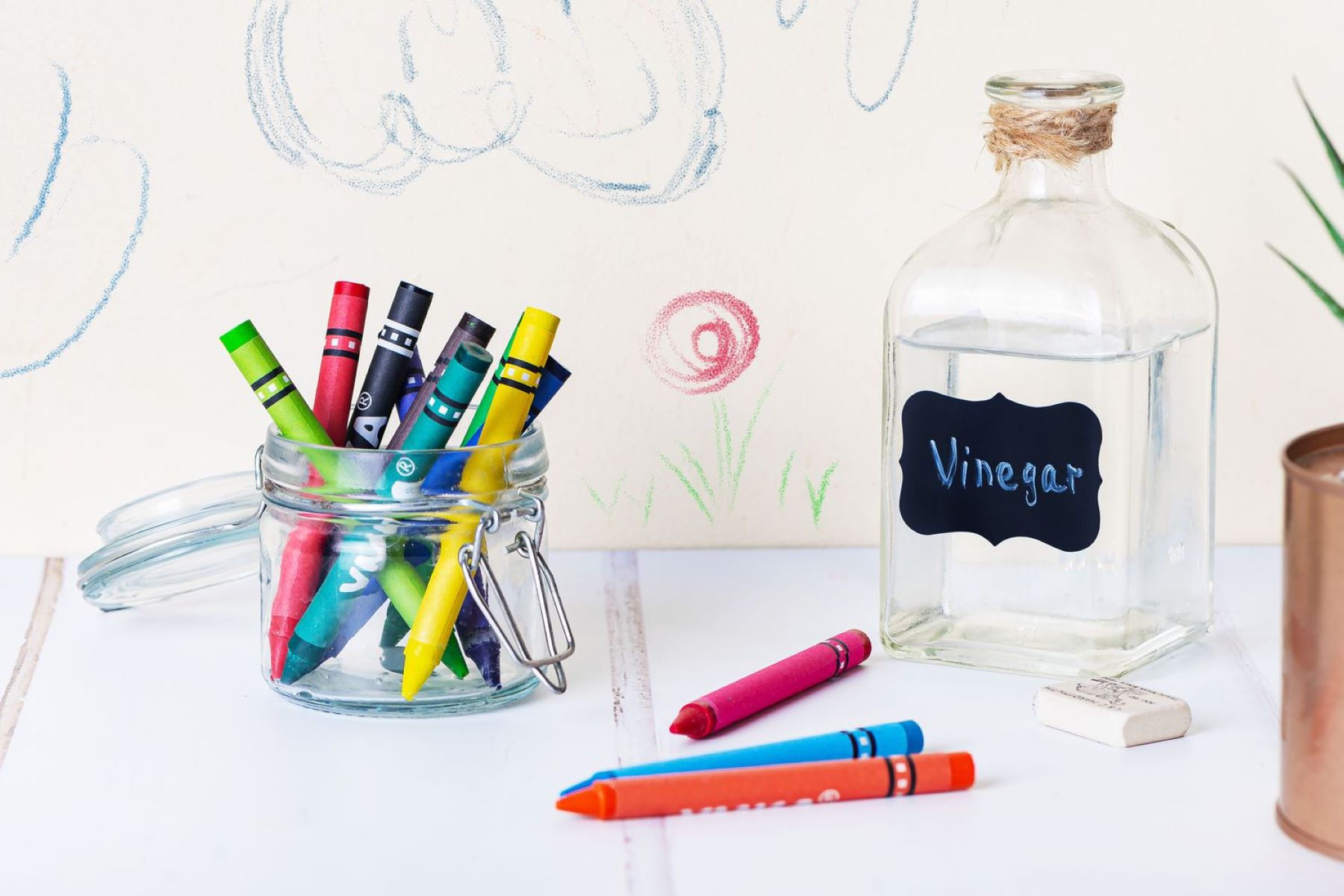
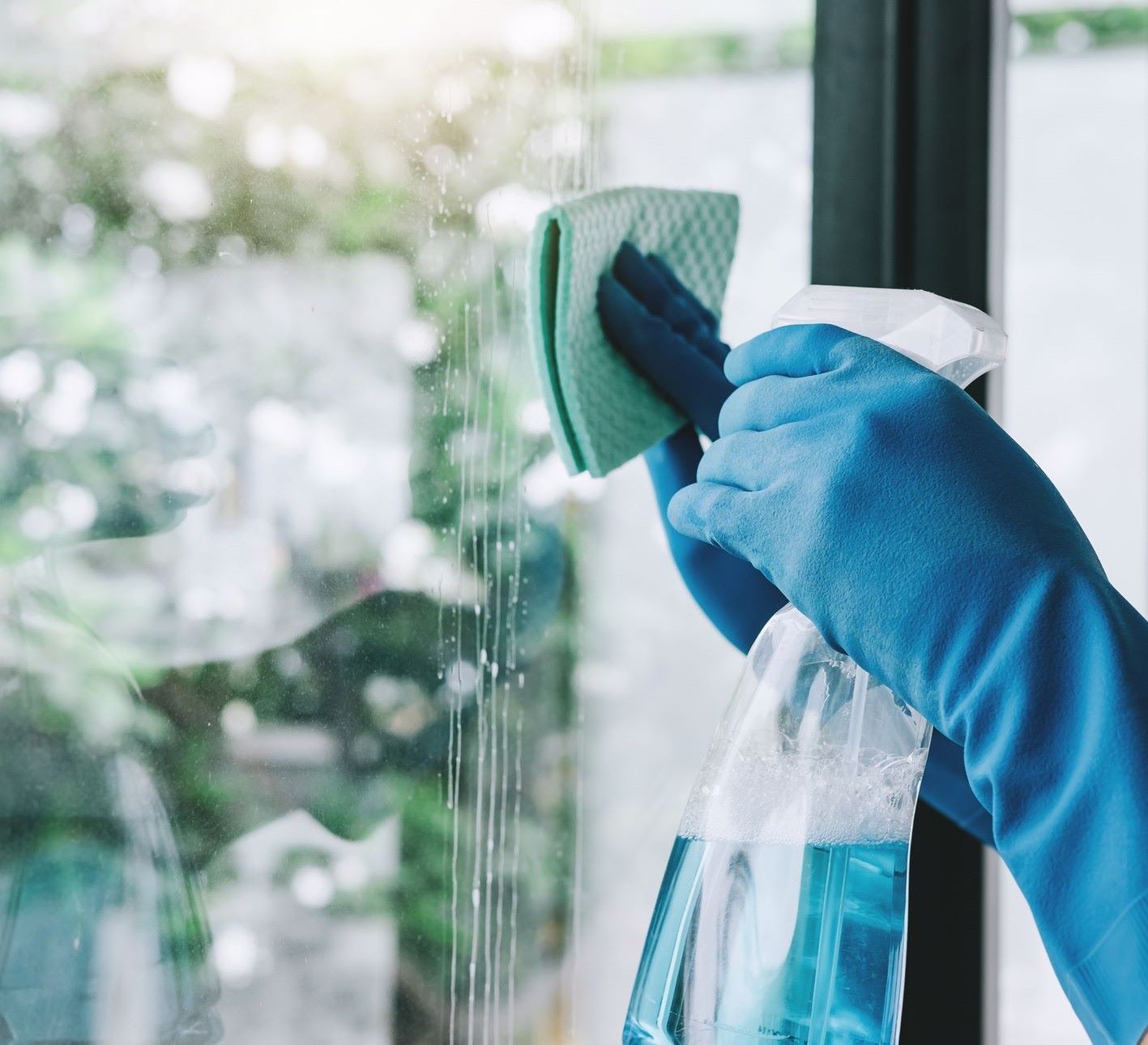
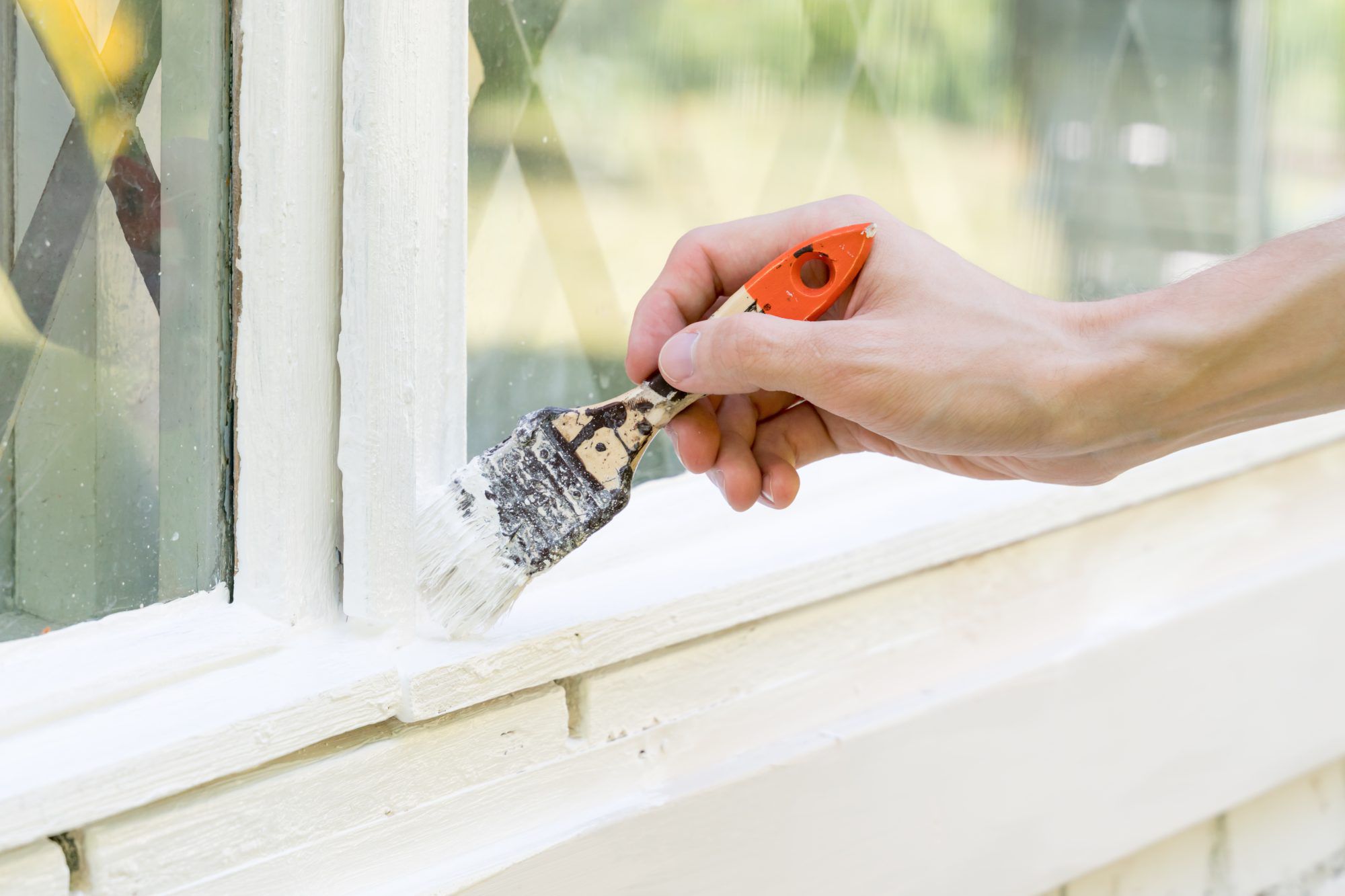
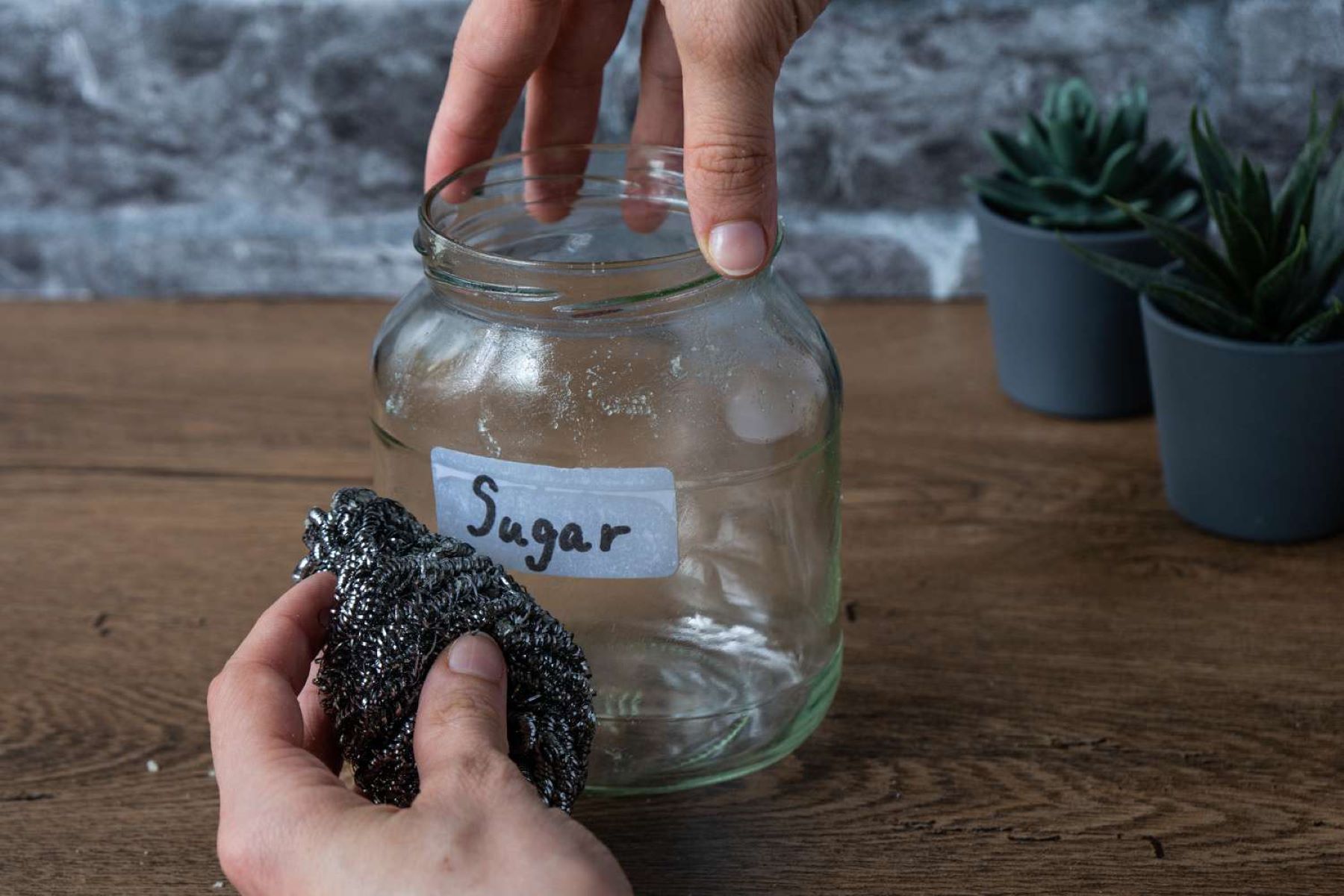
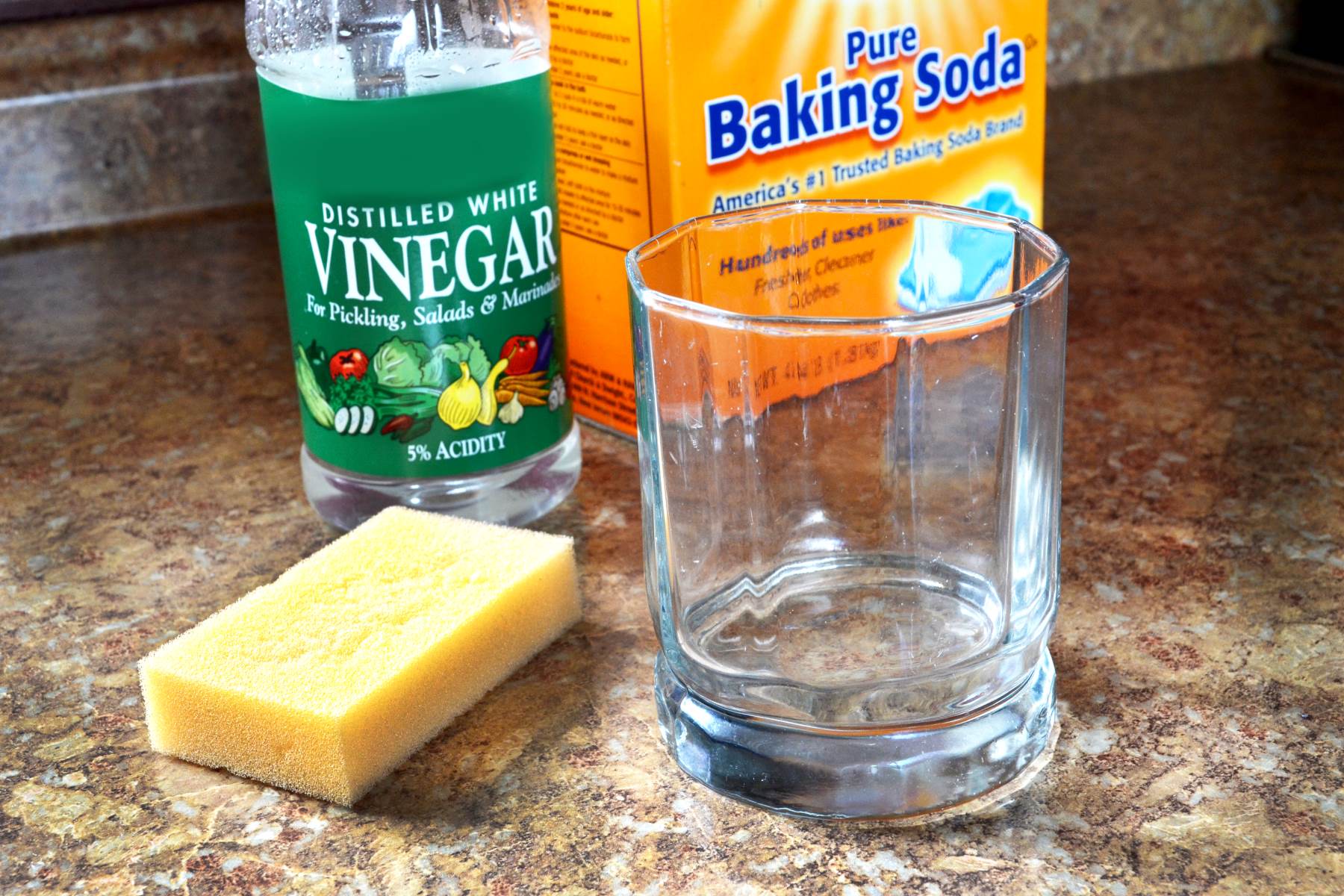
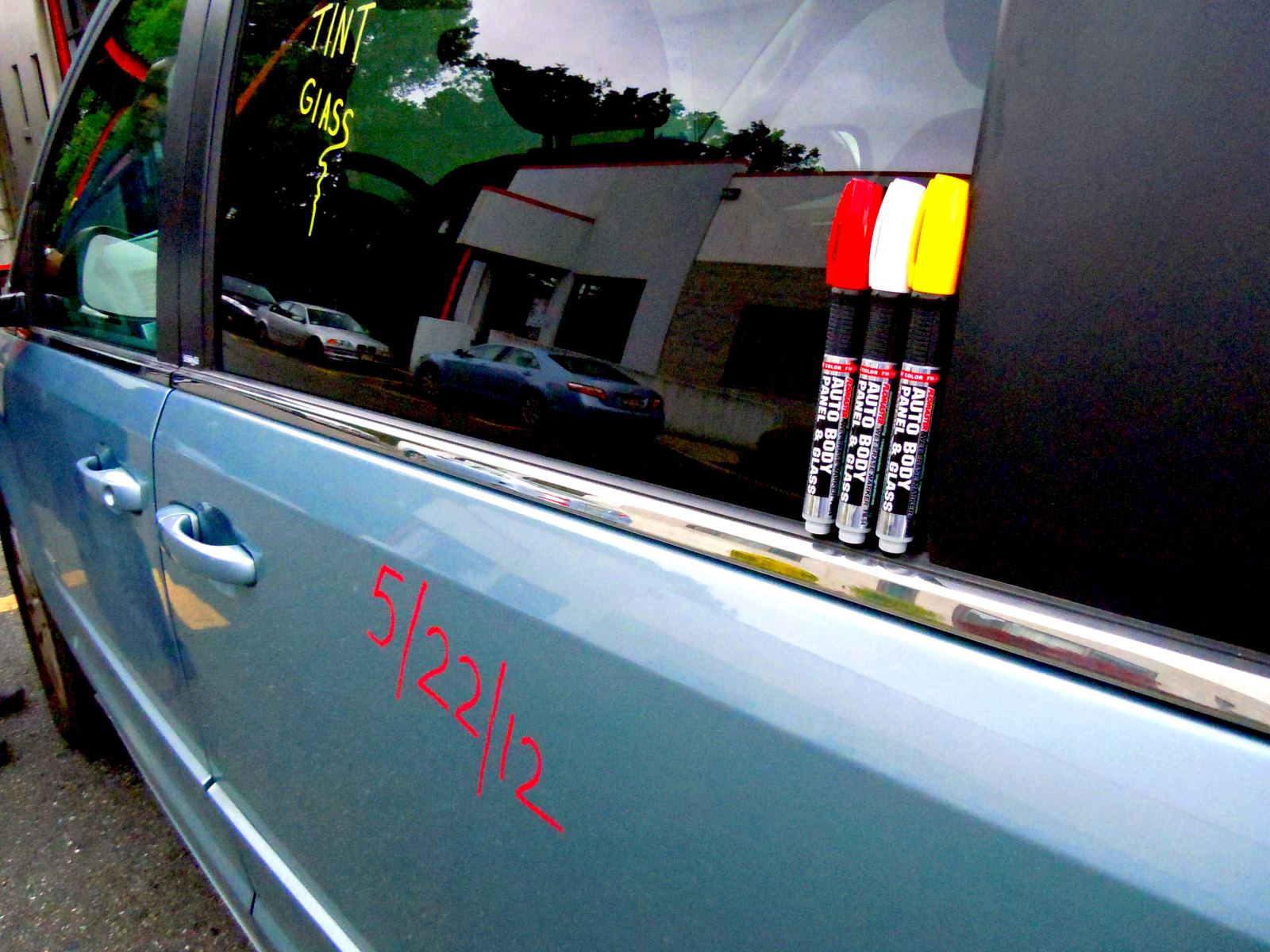
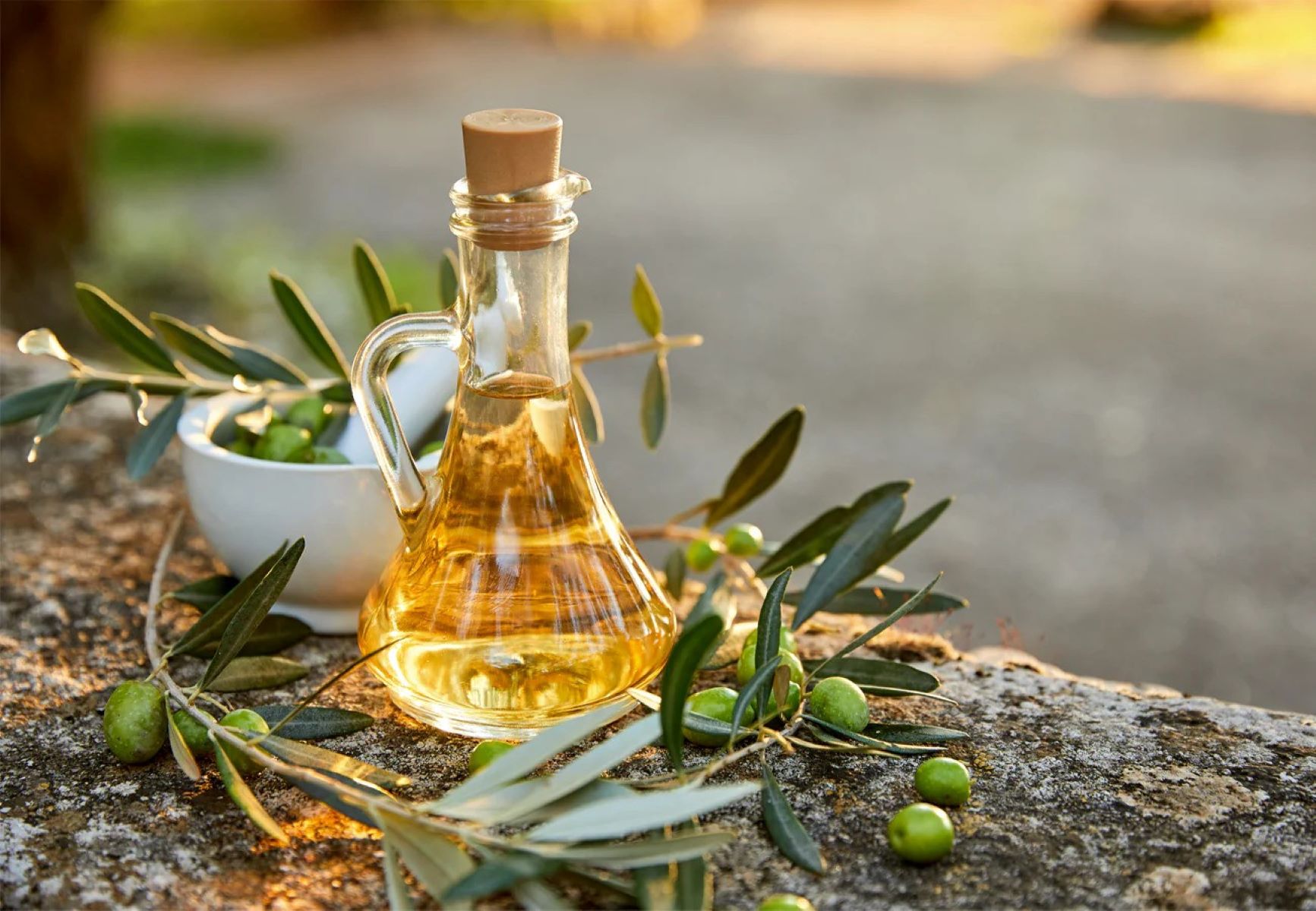
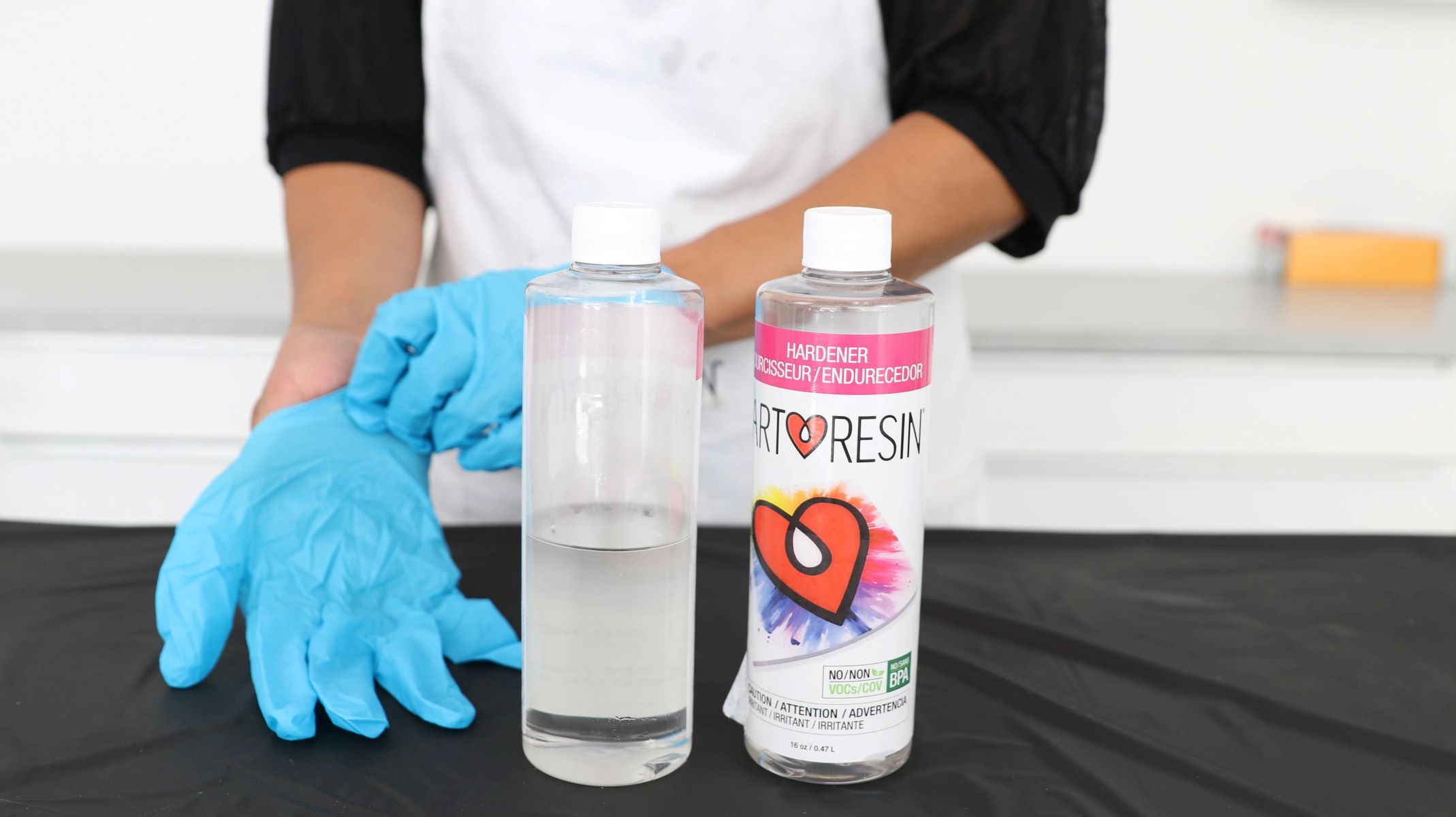
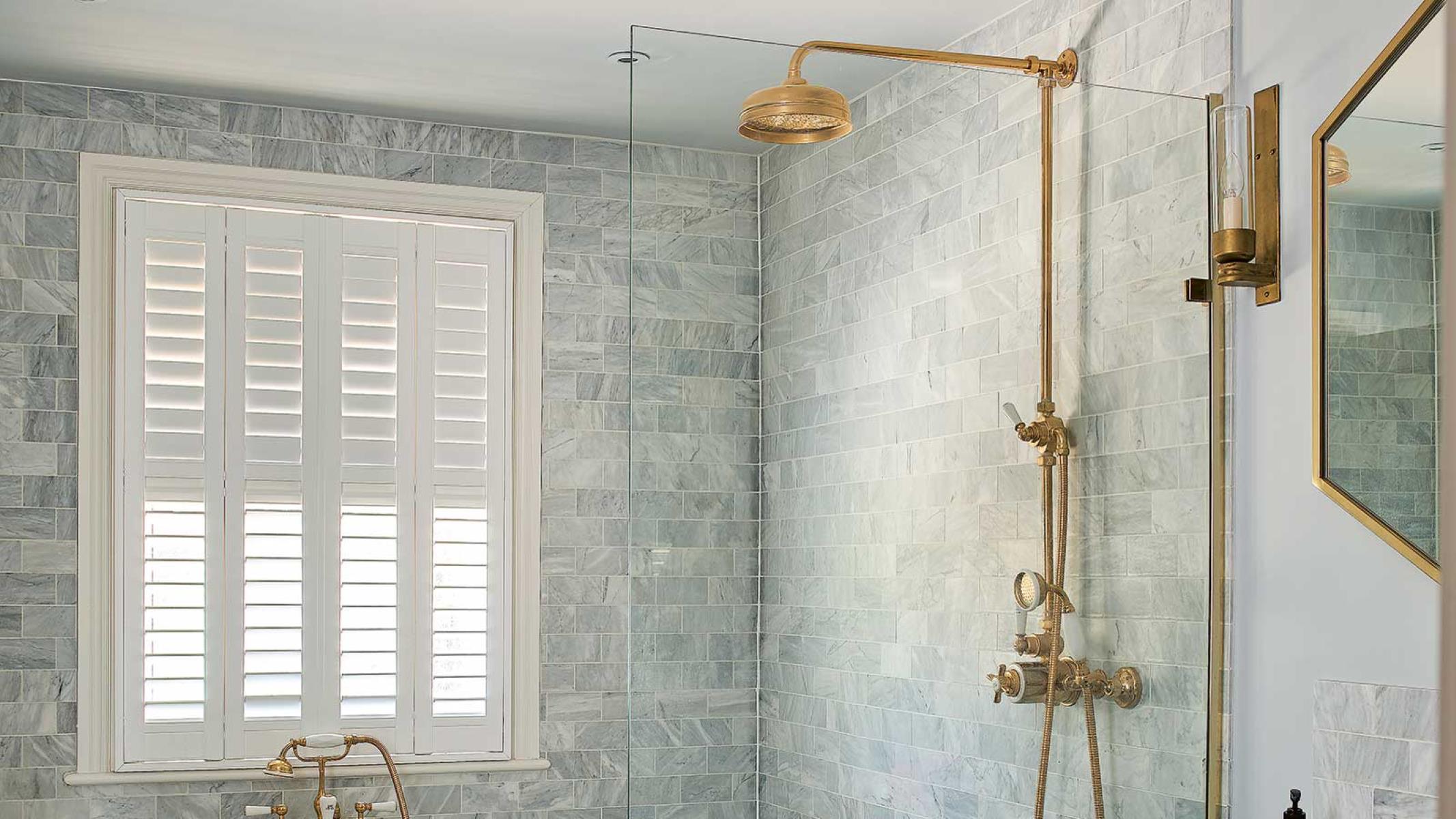
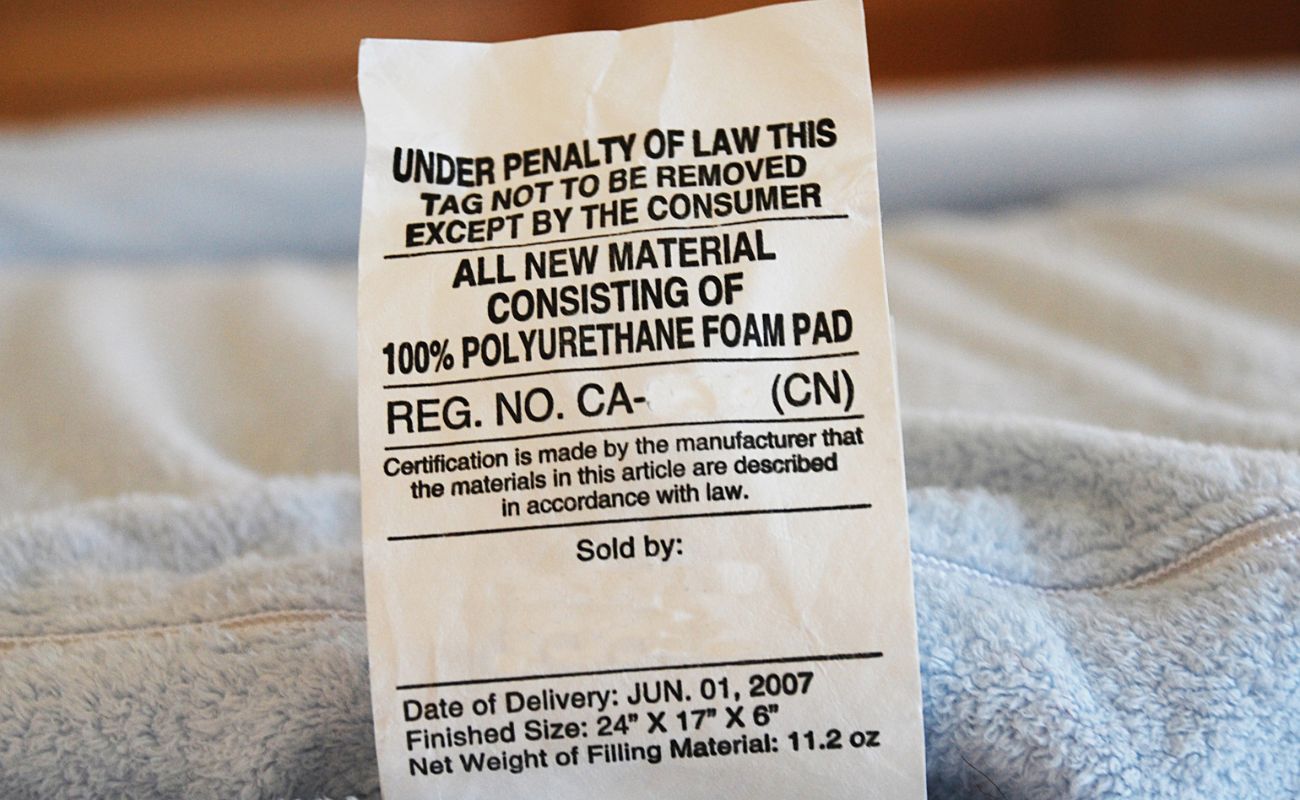
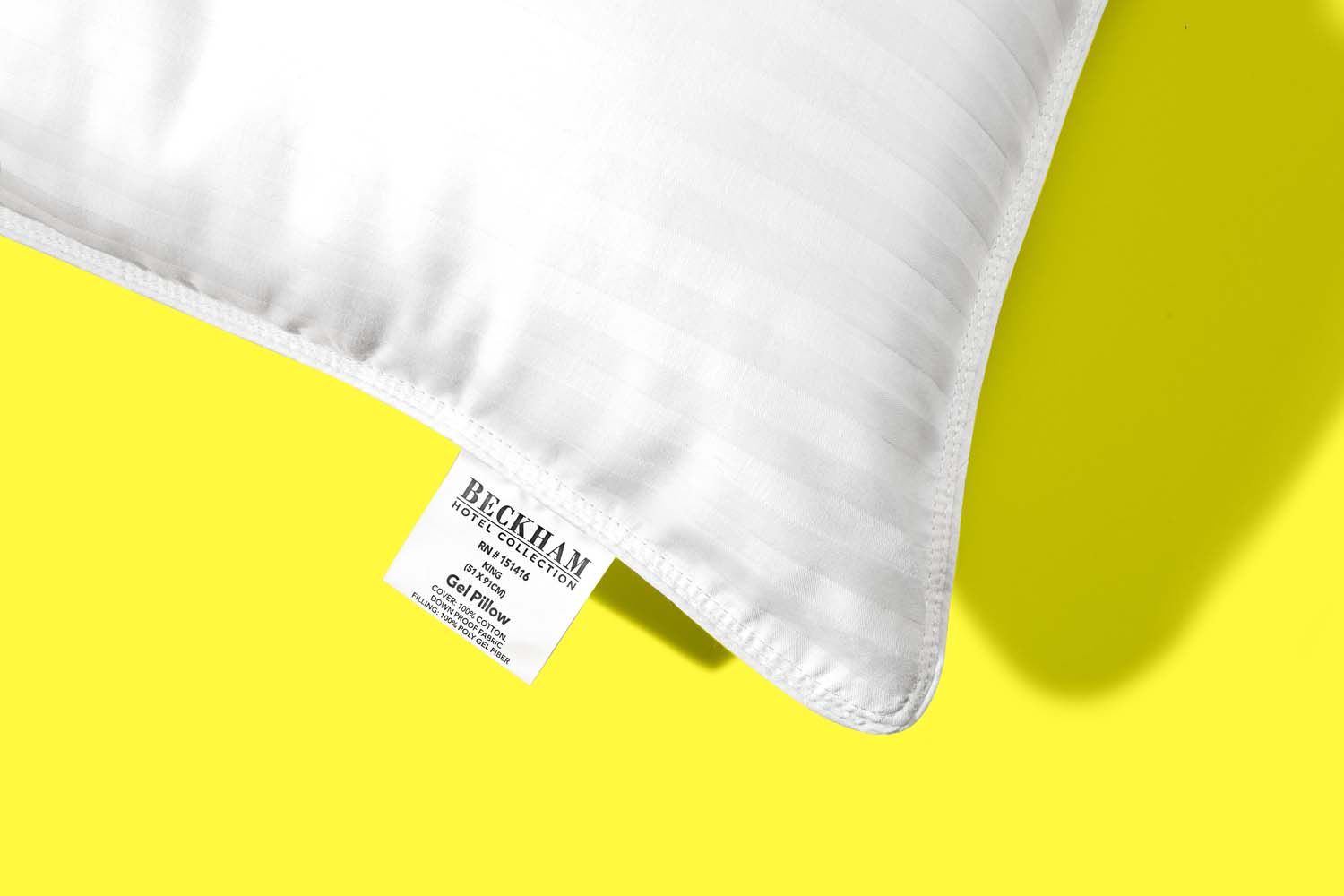

0 thoughts on “How To Get Price Tags Off Glass”